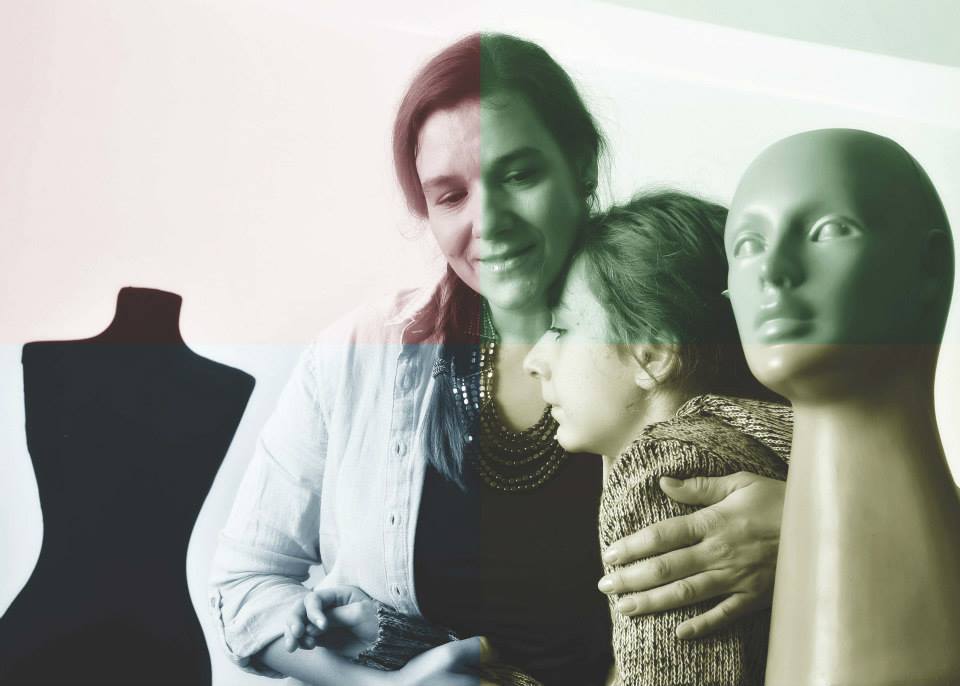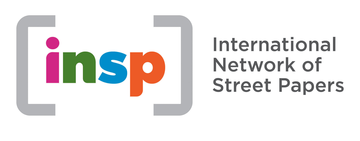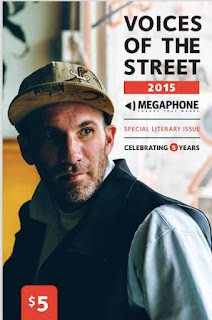
Macedonian street paper Lice v lice (Face to face) put health in focus recently with a special edition that marked
Rare Disease Day 2015.
The paper's
Embrace Rarity campaign featured a stunning series of portraits that paired people affected by rare diseases with well known personalities.
It was produced in association with “Holistic”, the association of citizens for rare diseases Life With Challenges and the National Alliance for Rare Diseases of R. Macedonia.
Photographer Tomislav Georgiev worked with the Lice v lice design team, coordinated by Nebojsha Ilijevski, and stylist Irina
Tosheva and make up artist Viktor Mirchevski to tell the stories of people living with rare conditions such as Hemophilia, Gaucher’s disease (brittle bone disease), Strumpell’s syndrome (where muscle turns to bone) and Pulmonary Hypertension.
Patients posed for photos alongside
well known faces from the country's music, sport, TV and fashion industries. Many of the images were later digitally enhanced by graphic designers Zoran Inadeski and Ruzica Mandichevska (Ruki Chuki).
Explaining the idea behind Embrace Rarity, Lice v lice editor Maja Nedelkovska said the aim was "to highlight that all rare disease patients are faced with big challenges in their lives."
She added: "Some of them are alive and well thanks to vital medications and treatments, but for others, there is no cure for them yet. The campaign stresses the importance of understanding them, giving a hand and embracing them, but also the need for constant research in new treatments."
The Embrace Rarity portaits were unveiled at a special exhibition in Skopje,
and were displayed alongside short texts explaining each rare disease patient's story and the daily challenges they
face. These were also published in a special edition of the magazine
(cover pictured above).
 Ana-Marija and Vera Miloshevska
Ana-Marija and Vera Miloshevska
The colours in Ana-Marija's (right) daily life are difficult to imagine. Delayed development, affected coordination, breathing difficulties, and lowered communication and cognitive skills are the characteristics of the RET syndrome, a disease that only affects women.
 Iva Petrevska and Dani Dimitrovska
Iva Petrevska and Dani Dimitrovska
Living with Epidermolysis Bullosa means Iva’s skin is as delicate as a bubble. The slightest daily childhood activities cause painful sores on her body that require constant care and dressing, and even slight pressure, a tiny injury or scratch can threaten her health.
Vesna Aleksovska and Tanja Kokev
Having Gaucher’s disease made Vesna's (far left) bones prone to fracturing - even a slightly stronger embrace could cause a broken bone or a bruise on her body. After receiving therapy for five years, her state is now stable and she can lead a normal life.
Viktor Dimitrijoski and Bubo Karov
Viktor
(far left) has never tasted chocolate, pancakes, ice-cream, walnuts, eggs,
soy, meat or white bread. He has Phenylketonuria (PKU), a rare genetic
condition makes body unable to break down a substance called
phenylalanine, which builds up in the blood and brain. PKU is treated
with a special low-protein diet, which reduces the levels of
phenylalanine in the body and prevents brain damage.
 Azemina Kurtishi and Ognen Janeski
Azemina Kurtishi and Ognen Janeski
Azemina (far left) is
the first patient diagnosed with rare disease Gaucher to receive appropriate therapy from the Macedonian state. Without it, this disease in its
last stage can completely immobilise patients, causing discomfort and inflammation of the liver, osteoporosis and shorter life
expectancy.
You can see more photos from the series, and learn the stories behind them, here.













